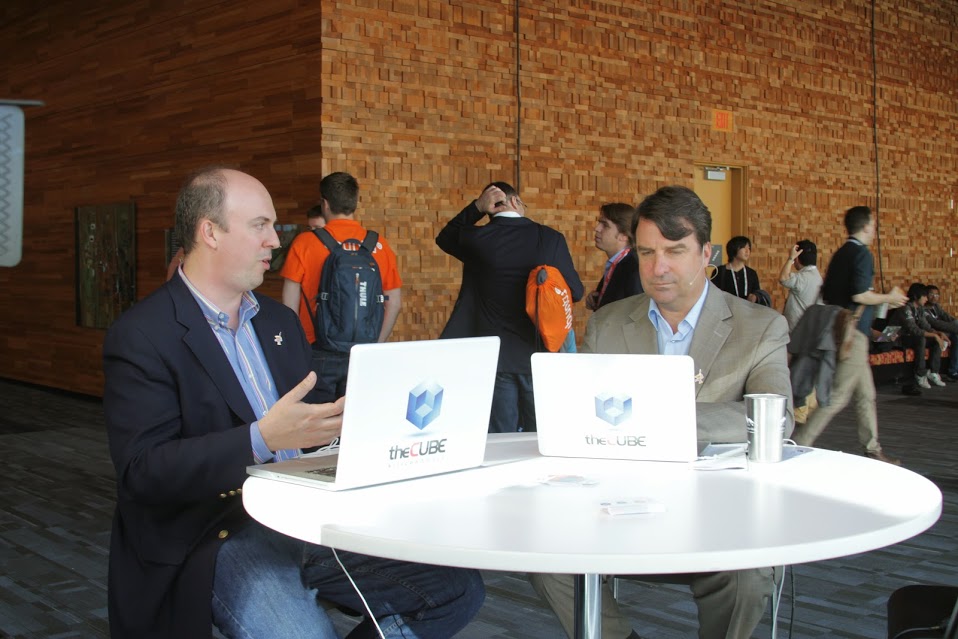 NEWS
NEWS
 NEWS
NEWS
 NEWS
NEWS
As day one of OpenStack ended, Stu Miniman, senior analyst at Wikibon and theCUBE coshost, wasn’t sure his concerns about the foundation had been completely alleviated. In theCUBE’s wrap-up, Miniman told John Furrier, founder of SiliconANGLE and theCUBE cohost, that he didn’t think OpenStack was ready to cross the chasm into the mainstream just yet.
“The stats we’ve thrown out … from the Wikibon surveys [say] only about 15% of people in our communities … are ready to test or deploy it today,” he said. “However, I think the maturity is definitely getting there, the pieces are coming together, and the solutions are much more ready for those companies that can either turn to companies that will put together a solution, or some of the big companies are baking some of the pieces in. As we’ve said many times … OpenStack is not a product, it’s a bunch of pieces that are kind of the tools that can be used to build that next generation of IT.”
But given that infrastructure should be “invisible” and allow users to focus on developing on top of the system to create value, he’s not sure how long it will take for greater adoption. But there are good signs.
Furrier highlighted a common thread: “It’s all about horizontally scaling. We heard that from Brocade, we heard that from Jonathan Bryce … we heard that from RedHat and CISCO, with SEF and all the goodness that they’re doing.”
Furrier also pointed out how interesting it is that RedHat and CISCO are coming together. It’s “big news” for the tech community, he said.
The number of big players was also a good sign. Furrier mentioned HP, who had “a huge contingent here donating a ton of code.”
Miniman echoed this. “You’ve got kind of six, seven thousand people here at the show, and I think more than half of them are contributing in some way to code, building solutions and putting it all together. So this isn’t just the typical tech user show where I go and I bought some product by somebody, but I’m part of this whole wave of open source where I’m contributing to the code, I kind of own it a little bit more.”
This contributes to the “IKEA effect” — when people help build something successful, they tend like it more.
Still, Furrier expressed one final hesitation. “What will be key to this marketplace is the continued innovation. They have to move faster.”
Watch the full interview below, and be sure to check out more of SiliconANGLE and theCUBE’s coverage of OpenStack Summit Vancouver 2015.
THANK YOU